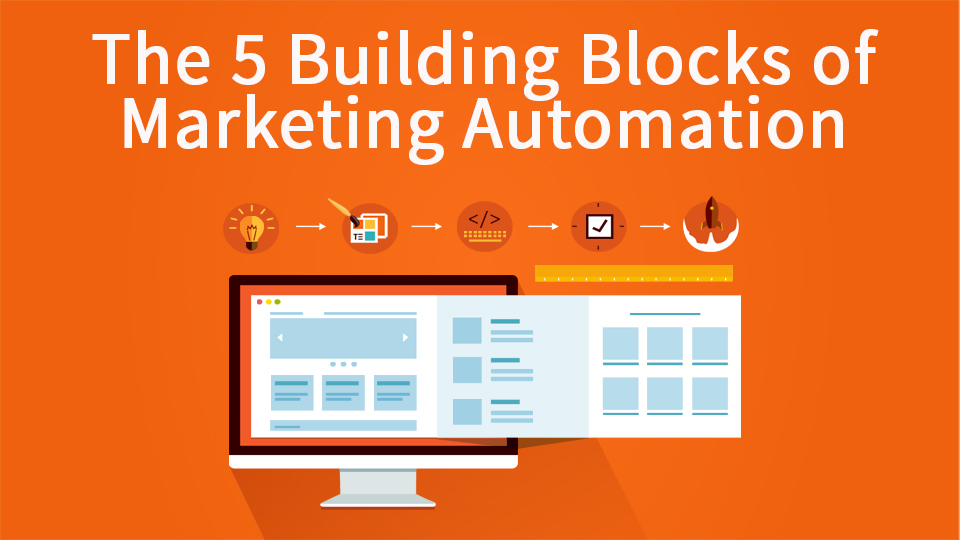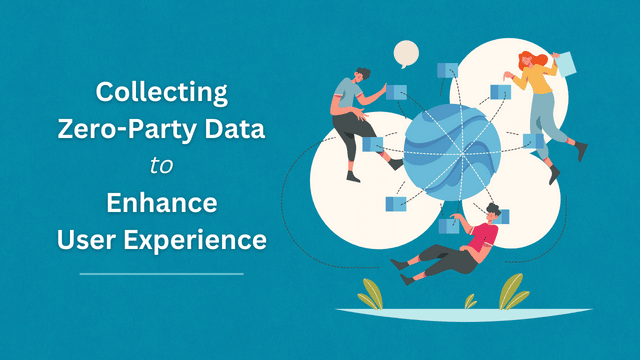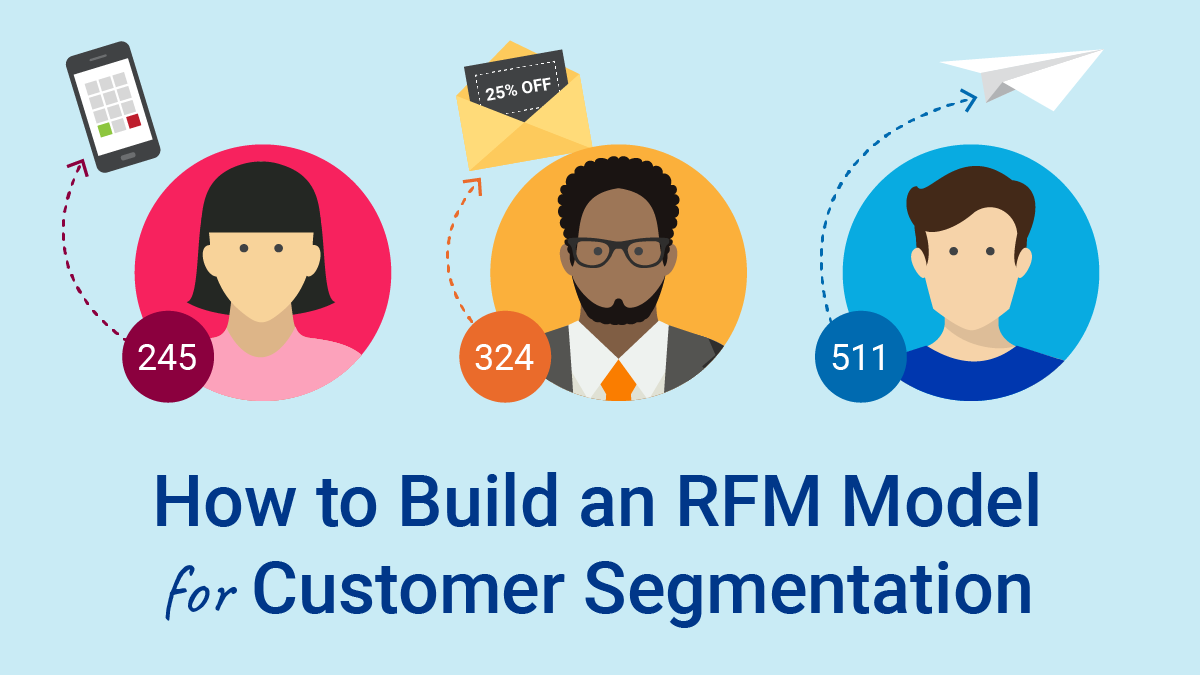Marketing automation platforms can seem complex. However, at their heart, every marketing automation tool is powered by workflows. Generally, workflows involve either updating a person’s information in a CRM, sending them an email, or both. As an example, if a person fills out an ebook download form on your website, you would use a workflow to send that person an email with a link to their pdf.
In general, a marketing automation workflow is made up of five components that are tied together with a series of rules; instructions that you have written for your platform to follow. The five main components of marketing automation (and workflows) are forms, contacts, landing pages, content and email. Not every workflow will contain all five components, but most require two or more. Let’s examine each more closely.
Content
Content Marketing is a major driver of workflows. Organizations create content that they use to attract visitors with inbound marketing. Hopefully visitors find the page they have landed on so compelling that they want to download the content being featured. This content is often a pdf, like an ebook or case study, as they are easy to form block and later email to leads. However, content can also include infographics, blog posts, word or excel templates, even simple industry-specific calculators.
Forms
Forms are how you gather the information about leads for your CRM. They are embedded on landing pages and visitors complete them in order to gain access to content. Some platforms like Hubspot have forms with “smart fields” (more on smart fields here). Smart fields are only displayed if the information in that field is not known about the person viewing the form. For example, if someone had already submitted their name, email, company and title on a previous form, the next form they view would display another set of fields, like budget, city or phone number.
Landing Pages
Landing pages promote a piece of content and then traffic is driven to those pages either by paid advertising, social media or organic search. In some cases, a series of landing pages may feature the same forms and content, but be optimized for different audiences. For example, an ebook titled “Marketing Automation for Dummies” might be featured on a landing page that is targeted to people interested in marketing automation for startups, marketing automation for SMB’s and marketing automation for non-profits.
Contacts and Leads
Marketing automation is used, in most cases, to gather leads and then increase the amount of knowledge that an organization has on those leads and nurture them along the sales funnel. Leads are created or updated in the marketing automation platform (and/or CRM) when the lead pays for a piece of content by providing their personal information. At its essence, the cost for an ebook is their first and last name, email address, company name and perhaps one or two other details. The content is not free, but it is a transaction that both parties consider to be a fair exchange of value. Leads can be private citizens, for example in the case of an Insurance Broker or Mortgage Broker, or people who work at a particular company, for example in the case of a SaaS startup that sells a B2B service.
When most people think about marketing automation, they think about emails being sent to leads. That is often the case, but emails can also be sent to internal parties. You might use a platform like Hubspot to email a lead with a pdf they’ve requested or to nurture them after they have done so. However, you might also email a sales person to let them know a lead has revisited the site or a support team member to let them know a customer visited a particular FAQ page and may need help.
Marketing Automation Workflows
These five basic building blocks of marketing automation are tied together by workflow rules. Without workflows and workflow rules, your marketing automation platform is simply a database of people and content. It is the ability to easily apply complex, repeatable processes to this database that is at the heart of the value of marketing automation. Once you understand these five building blocks, workflows are much easier to build and optimize.
Need more help with your marketing automation? Learn more here.



